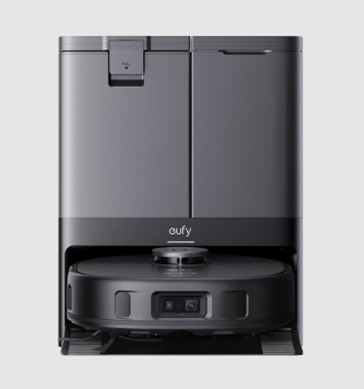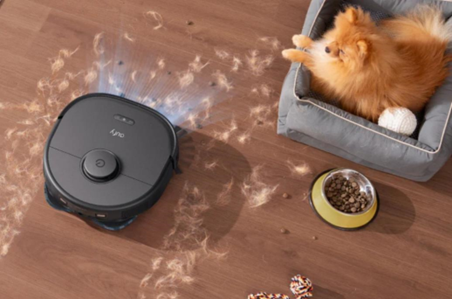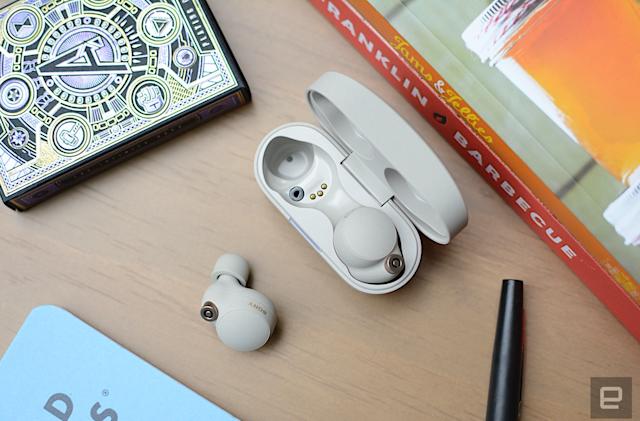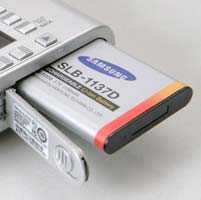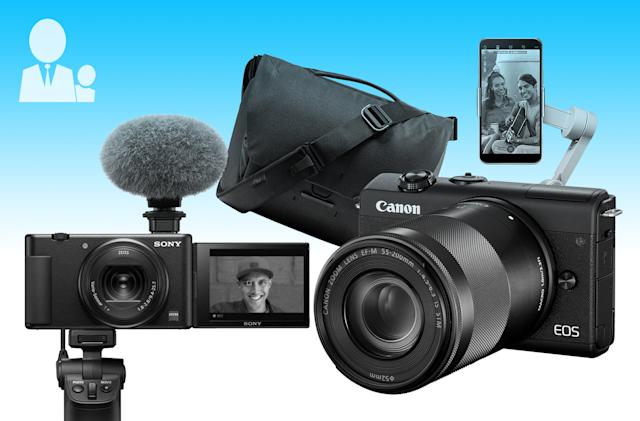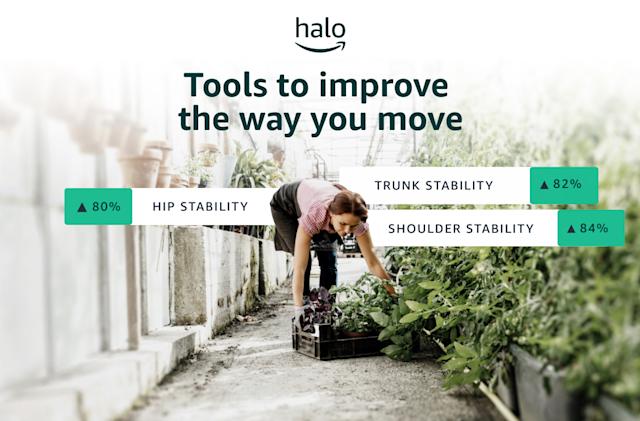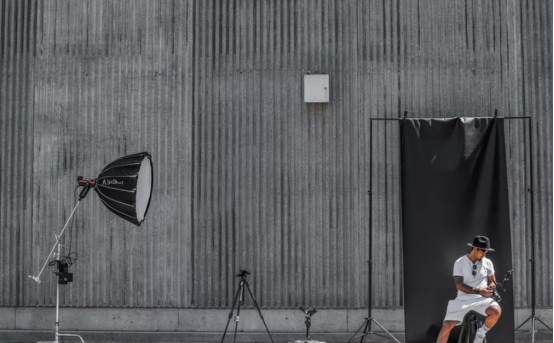Top Features to Look for in Outdoor Security Cameras
Choosing the right outdoor security cameras is crucial for ensuring your home’s safety. High-quality security systems can deter potential intruders and provide peace of mind. When evaluating options, consider features that enhance both functionality and reliability. Advanced technologies now offer superior video quality, night vision, weather resistance, and smart integrations. By understanding these capabilities, you can select a camera system that not only meets your needs but also integrates seamlessly into your home’s existing infrastructure.

High-Resolution Video Quality
Importance of 1080p and 4K Resolutions
High-resolution video quality is essential for capturing clear images. Cameras with 1080p and 4K resolutions offer detailed footage that can significantly aid in identifying people or objects. While 1080p is suitable for most residential areas, 4K provides enhanced clarity, especially useful in covering larger spaces. The ability to zoom in without losing clarity is a significant advantage of high-resolution cameras, ensuring you don’t miss vital details in critical situations.
Benefits of High Dynamic Range (HDR)
HDR technology in security cameras optimizes video quality by balancing light and dark areas in the footage. This feature is crucial when recording in environments with varying lighting conditions, such as entryways or driveways with direct sunlight and shadows. HDR ensures that all details are visible, preventing washed-out or overly dark areas that could hide important information. Enhanced video clarity can make a substantial difference in surveillance evidence.
Impact on Identifying Details
Video resolution directly impacts the ability to identify crucial details such as faces, vehicle license plates, and other fine points. Higher resolution and HDR features facilitate clear, accurate recognition, which is critical in investigations or when providing evidence to authorities. With more precise imaging, security footage becomes a powerful tool in maintaining safety and resolving incidents quickly and efficiently.
Night Vision Capabilities
Infrared (IR) Night Vision Technology
IR night vision technology allows cameras to capture footage in complete darkness by using infrared light. This capability is crucial for 24/7 surveillance, ensuring visibility during night hours. Infrared cameras can record movements without alerting potential intruders, offering discreet and consistent monitoring. With IR technology, secure your space with confidence, knowing that your property is protected around the clock.
Color Night Vision Features
Color night vision enhances visibility using low-light sensors to capture detailed, colored imagery during nighttime conditions. While traditional IR provides black and white images, color night vision retains hues, offering more information and context in each frame. This feature makes it easier to discern important details, such as the color of clothing or vehicles, which can be vital for identification and security alerts.
Low-Light Performance Considerations
When assessing night vision capabilities, consider a camera’s performance in low-light environments. Efficient low-light cameras adjust to changing lighting conditions, maintaining clear visibility regardless of the time. Look for cameras with advanced sensors that ensure quality recording even when artificial lighting is minimal. This continuous reliability makes a significant difference in preventing and responding to security threats effectively.
Weather Resistance and Durability
Understanding IP Ratings
IP ratings indicate a camera’s resistance to elements like dust and water. An IP65 rating, for instance, suggests protection against dust and water jets, while IP67 indicates complete protection from dust and immersion in water up to one meter. Choosing a camera with a suitable IP rating ensures it withstands environmental challenges, maintaining operational performance regardless of weather conditions.
Materials and Build Quality
The materials and build quality of a security camera determine its resilience against wear and tear. Cameras constructed with durable materials like metal or weather-resistant plastic provide long-lasting protection. Consider models with robust housings to prevent damage from physical impacts or harsh weather. High-quality construction extends the camera’s lifespan, ensuring reliable monitoring over time.
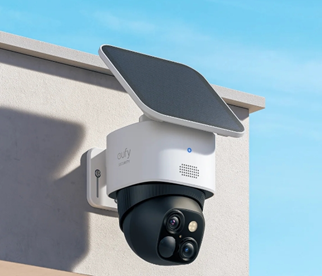
Performance in Extreme Conditions
Extreme temperatures can affect camera performance. Choose models tested for various temperature ranges to ensure functionality in hot summers or cold winters. Some cameras feature heaters or cooling elements to maintain optimal operation under challenging conditions. Reliable performance in any environment guarantees your security system remains effective year-round, safeguarding your property continuously.
Smart Features and Integration
Motion Detection and Alerts
Motion detection allows cameras to identify movement and send alerts directly to your devices. This smart feature minimizes false alarms by distinguishing between different types of movement, ensuring attention is only drawn to significant activities. Customizable detection zones enhance precision, allowing you to specify areas that require close monitoring and receive timely notifications to take action.
Compatibility with Smart Home Systems
Seamless integration with smart home systems increases convenience and efficiency. Many security cameras are compatible with popular platforms like Amazon Alexa and Google Assistant. These integrations allow you to control your camera using voice commands or integrate it into automated routines, enhancing your home’s interconnected security architecture for smarter living.
Cloud and Local Storage Options
Storage solutions affect how you manage and access recorded footage. Cloud storage offers remote access and backup for added security, while local storage keeps data physically on-site. Evaluate options based on your needs for security, access convenience, and cost. A combination of both storage types can provide a balanced solution, ensuring data safety and accessibility.
Conclusion
Investing in outdoor security cameras requires evaluating several key features to ensure maximum protection. The best outdoor security cameras offer high-resolution video, advanced night vision, and strong weather resistance to withstand harsh elements. Smart capabilities like motion alerts, remote access, and cloud or local storage further enhance their performance. Understanding these features allows homeowners to choose the most suitable system for their needs, ensuring reliable surveillance and peace of mind while safeguarding both property and loved ones effectively.
Latest: How to Make Your Smartwatch Count Steps More Accurately?
